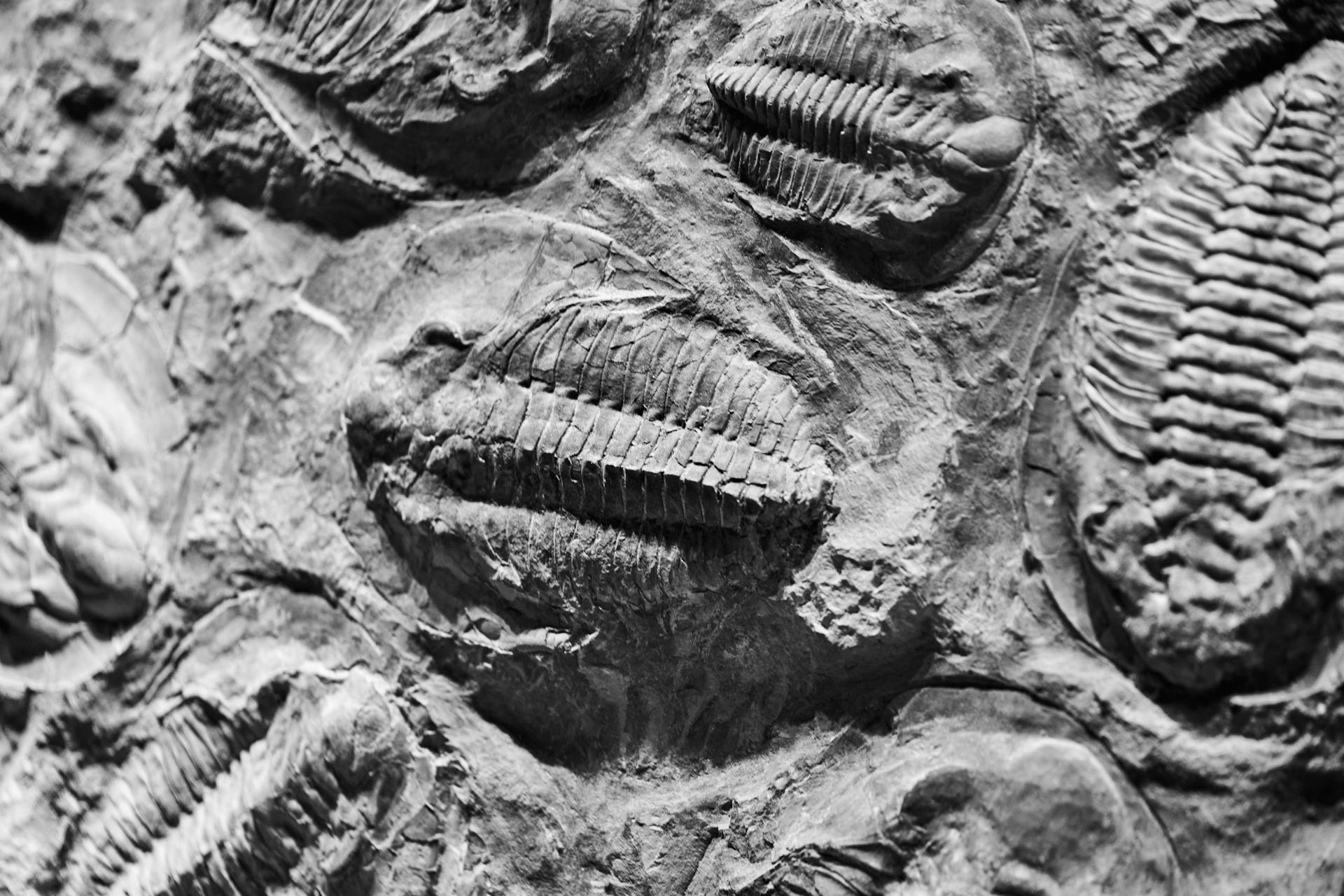A research team has analysed human fossil teeth in an effort to learn more about humans in the Ice Age. Humans were impacted by climate change during the Ice Age, owing to the changing temperatures. The analysis has provided researchers with interesting insights into human life at that time.

A research team has carried out a widescale analysis of human fossil teeth which date back to Europe’s Ice Age.
The researchers have looked to see how prehistoric humans were impacted by climate change in a time period spanning between 47,000 and 7,000 years ago [1].
This interesting analysis has provided scientists with improved knowledge of Ice Age Europeans, and the demography of that time period.
The Ice Age and Fossils
Scientists have studied the past extensively. Over the last few thousand years, the world has changed significantly.
One particular time of interest is the Ice Age. The exact date span of the Ice Age isn’t known. However, it is known that in this time population sizes declined sharply. In fact, Europeans faced extinction, such was the dwindling population size [1].
Archaeologists have broadly debated in the past how much climate change has influenced the demography of humans at that time [1].
But this has proven to be difficult to look into. Something that has helped is fossils. Fossils have the unique ability of being able to provide modern day researchers with insights on what happened thousands of years ago.
However, there are a limited number of fossils available. Furthermore, fossils often have poor molecular preservation, making it difficult to carry out DNA analysis [1].
The Research
The research was conducted by Germany’s University of Tübingen, Italy’s University of Ferrara, and New York University in the United States. Their findings have been published in the Science Advances journal [1].
Lead researcher Dr. Hannes Rathmann developed a new method for analyzing fossils. Rathmann and his colleagues used a machine learning algorithm to complete extensive analysis [1].
Instead of using traditional fossils, the team decided to focus on teeth. After all, teeth are the hardest tissue in the human body. Therefore, they are the most common skeletal elements found by archaeologists, making them a suitable focus point.
This resulted in the researchers having a large dataset. For example, this involved dental data of 450 prehistoric humans from around Europe, covering a period during the Ice Age [1].
The focus was on what the researchers called “morphological” variations in teeth, such as the number and shape of crown cusps, ridge and groove patterns, along with a focus on the presence or absence of wisdom teeth [1].
Such traits are heritable, allowing researchers to trace genetic relationships among humans from the Ice Age – in the absence of DNA.
Several photos were taken, and compared with historic photographs of fossils that no longer exist – such as those destroyed during past military conflicts [1].
The team used a machine learning algorithm called Pheno-ABC to reconstruct complex events using the morphological data [1]. The algorithm was able to produce detailed analysis of skeletal fossils.
The Results
The results of the study show that around 47,000 to 28,000 years ago – which was during the Ice Age – populations across the west and east of Europe were well connected genetically [1].
This backed up previous findings which found there were remarkable consistencies in tools and weapons used throughout Europe – despite the lack of communication [1].
However, during the phase of time between 28,000 and 14,700 years ago, genetic connections across west and east Europe lessened [1]. Moreover, a sharp decrease in population size was observed.
The researchers attributed this to significant climate changes. Moreover, this would’ve involved animals moving their habitat – resulting in food shortages [1].
The researchers pointed out that there is a long-held theory among scientists that populations were driven southwards due to ice sheets advancing from the north. They asserted that their findings backed this up [1].
But the most unexpected finding was that some populations in western Europe became extinct – which was linked to climate change [1]. They were then replaced by migrators from eastern Europe.
The Ice Age eventually came to an end, with temperatures rising, glaciers melting, and animals returning to more traditional habitats. Areas that had previously been abandoned were returned to.
This led us onto the path of where we are today. But as we learn more about the past, it becomes more and more fascinating.
Thinking points…
[1] During the Ice Age, humans had very little knowledge of the importance of oral health! In this day and age though, we all know how important it is. Therefore, remember to take good care of your oral health. A useful thing to do is to attend regular dental appointments, as a dentist can take a look at your oral health and provide advice and information. We recommend that you book an appointment now!
[2] Do you know anyone that is a history fan? If so, this article will be perfect for them! You could send this article to them now, or share the article on your social media accounts. It could be very interesting for many people! We’d love you to share this post now!
What we offer at Taradale Dental
Taradale Dental is a dental clinic based in Calgary, Alberta, Canada. At our Calgary dental clinic, we provide a range of services for our patients.
We advise our patients to attend our Calgary dental clinic at least twice per year for a regular dental check-up. At these check-ups, we provide a comprehensive review of a patient’s oral health. If any problems are detected, we have many treatments available. For example, these include cavity fillings and root canals. To strengthen your oral health, we recommend brushing your teeth at least twice a day and flossing regularly.
Here at Taradale Dental, we also have some cosmetic treatments available! These include dental implants, teeth whitening and Invisalign™! Our patients find that these treatments have a positive impact on their appearance, confidence and self-esteem.
Moreover, the fees of our treatments at our Calgary dental clinic Taradale Dental are set in line with the Alberta Dental Fee Guide. This ensures transparent and fair pricing, with no hidden costs.
We hope to see you soon at our Taradale Dental clinic in Calgary! You can find out more about us by visiting our website https://taradaledental.ca/!
References
[1] Rathmann, H., Vizzari, M. T., Beier, J., Bailey, S. E., Ghirotto, S., & Harvati, K. (2024). Human population dynamics in Upper Paleolithic Europe inferred from fossil dental phenotypes. Science Advances. 10 (33): eadn8129. DOI: https://doi.org/10.1126/sciadv.adn8129.


